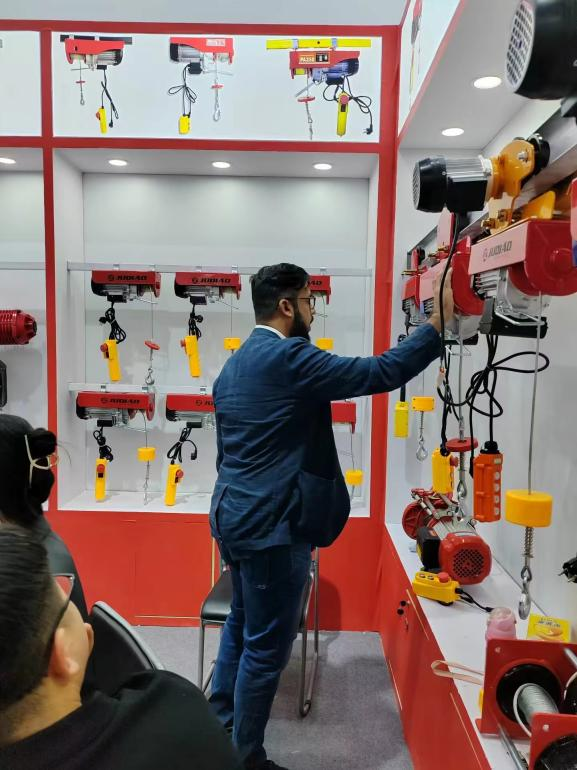


Importance of Industrial Fall Protection Safeguarding Workers at Heights
In industrial settings, job tasks often necessitate working at heights, which presents significant safety challenges. Falls from elevated surfaces are one of the leading causes of workplace injuries and fatalities. Therefore, implementing robust fall protection systems is not merely a regulatory requirement but a moral obligation to safeguard the well-being of workers. This article explores the importance of industrial fall protection, its key components, and best practices for ensuring workplace safety.
Understanding Fall Hazards
Falls can occur due to various reasons including, but not limited to, unprotected edges, unstable surfaces, and improper use of ladders or scaffolding. Statistics from organizations such as the Occupational Safety and Health Administration (OSHA) indicate that falls account for a substantial percentage of serious work-related injuries. These incidents can lead not only to physical harm but also to emotional distress, loss of income, and even fatalities. Thus, recognizing potential fall hazards is the first step in creating a safer work environment.
Components of an Effective Fall Protection System
An effective fall protection system comprises several interconnected components and practices. These include
1. Guardrails Installing guardrails around elevated work areas can provide a physical barrier that prevents workers from falling. Typically, they are made of strong materials and must meet specific height and strength regulations.
2. Personal Fall Arrest Systems (PFAS) A PFAS includes a harness, lanyard, and anchorage points to stop falls in progress. Workers must be trained in how to properly use and maintain these systems to ensure maximum safety.
3. Safety Nets In situations where the risk of falling is high and it is impractical to use guardrails or PFAS, safety nets can be installed below working areas to catch falling workers. These nets should be checked regularly for wear and tear.
4. Training and Awareness Programs No system can operate effectively without trained personnel. Regular training sessions should be conducted to educate workers about fall hazards, the proper use of safety equipment, and emergency response procedures.

5. Regular Inspections Conducting routine inspections of fall protection systems is vital to identify any deficiencies or wear. Maintenance programs should be established to ensure that equipment is always in proper working condition.
Best Practices for Fall Prevention
To enhance fall safety in an industrial setting, the following best practices should be adopted
- Conducting Risk Assessments Before commencing any work at heights, it's crucial to conduct a thorough risk assessment to identify potential hazards and determine appropriate protective measures.
- Developing a Fall Protection Plan Create a comprehensive fall protection plan tailored to the specific needs of the facility. This plan should outline safety protocols, emergency procedures, and responsibilities for all personnel involved.
- Encouraging a Safety Culture Foster an organizational culture that prioritizes safety. Encourage workers to report potential hazards and near-miss incidents, ensuring that management takes appropriate action without fearing retribution.
- Utilizing Technology Incorporating technology such as drones for site inspections or wearable safety gear can enhance how organizations monitor and manage fall hazards.
Conclusion
In conclusion, industrial fall protection is a critical aspect of workplace safety that requires a multifaceted approach. By understanding the hazards associated with working at heights, implementing effective protection systems, and fostering a culture of safety, organizations can significantly reduce the risk of falls. Investing in fall protection is not only legally mandated but also essential for preserving the health and safety of workers, ultimately leading to a more productive and sustainable workplace.



